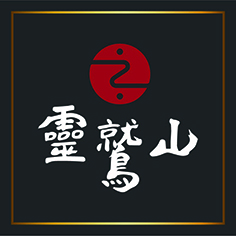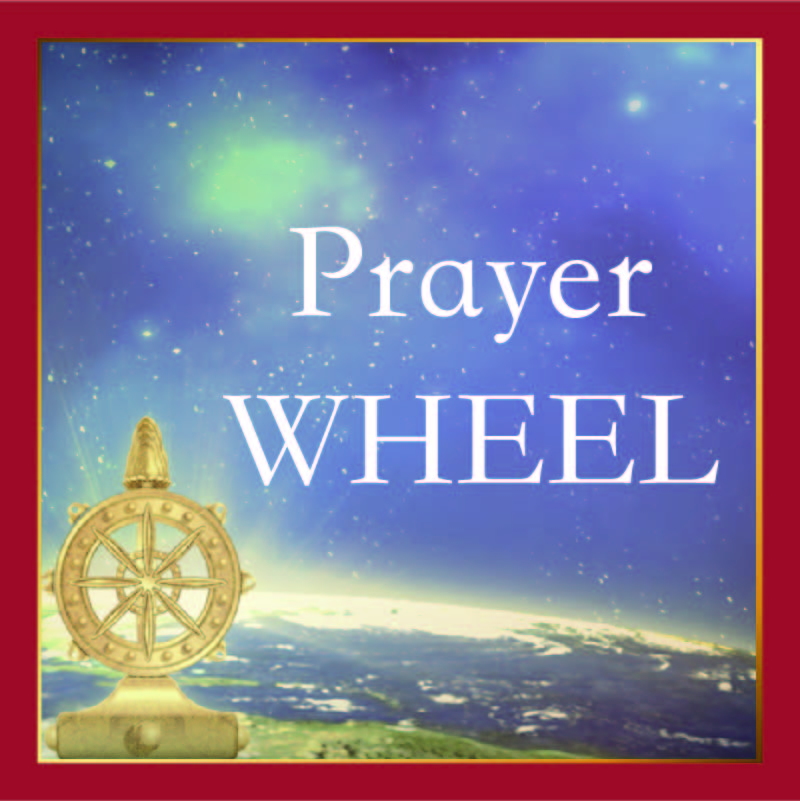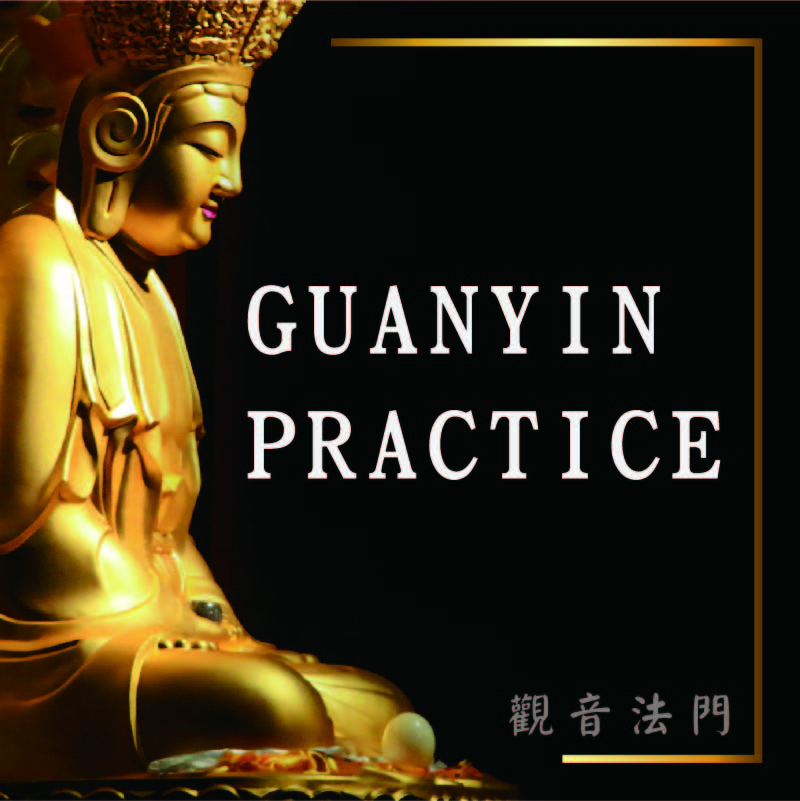
Idolatry?
 An international student once asked me curiously, “Master, what is the meaning behind Buddhists worshiping the Buddha statue? Why do you erect statues in the shrine hall? To worship an idol or to demonstrate the spirit of Dharma practice?”
An international student once asked me curiously, “Master, what is the meaning behind Buddhists worshiping the Buddha statue? Why do you erect statues in the shrine hall? To worship an idol or to demonstrate the spirit of Dharma practice?”
Christianity and Islam prohibit idolatry. If you visit mosques, there are no images or statues in there. Both religions do not regard God as an idol.
What about Buddhism? There is no idolatry as well. Nowhere in the canon of Buddhist scriptures mentions idolatry. No subject of worship. What you consider as an idol to worship is a temporary phenomenon. Every phenomenon is transient with a temporary existence. Furthermore, these subjects are delusional and unreal. Therefore, we shouldn't be fixated and develop attachments to phenomena.
You might question, "Since all are delusional, why do Buddhists still erect statues? Not only that, why do you bow or prostrate? What's the purpose of having Buddha statues?" Christians learn about teaching through the Bible. Muslims learn about doctrines through the Quran. They study through words. In a sense, these words are also an idol who propagates certain ideology. By worshiping and venerating the words of the saints, people can approach the truth of life.
 The human body of Buddha Shakyamuni entered into parinirvana by the age of eighty. Although the physical figure was gone, his students documented, preserved, and passed down his realization through words and oral transmission. Since the truth of life is intangible, it could only be delivered through other means or phenomena for our convenience. By relying on substantial means, we can realize emptiness. Vice versa, one can see the display of phenomena that seem so real and substantial with the understanding of emptiness. The interplay of these two demonstrates the two levels of truth: the relative truth and the ultimate truth.
The human body of Buddha Shakyamuni entered into parinirvana by the age of eighty. Although the physical figure was gone, his students documented, preserved, and passed down his realization through words and oral transmission. Since the truth of life is intangible, it could only be delivered through other means or phenomena for our convenience. By relying on substantial means, we can realize emptiness. Vice versa, one can see the display of phenomena that seem so real and substantial with the understanding of emptiness. The interplay of these two demonstrates the two levels of truth: the relative truth and the ultimate truth.
To uncover the truth is like looking for the moon in the darkness. We must rely on someone to point to the moon so we have a reference point to work with. Way too often, we stop at looking at the finger instead of going further to see where it points to. The moon here symbolizes the truth while the finger being the “idol” or a figure. The Buddha statue is like the pointing finger that shows the truth. The statue is a medium for us to recognize the truth that is not within the statue.













